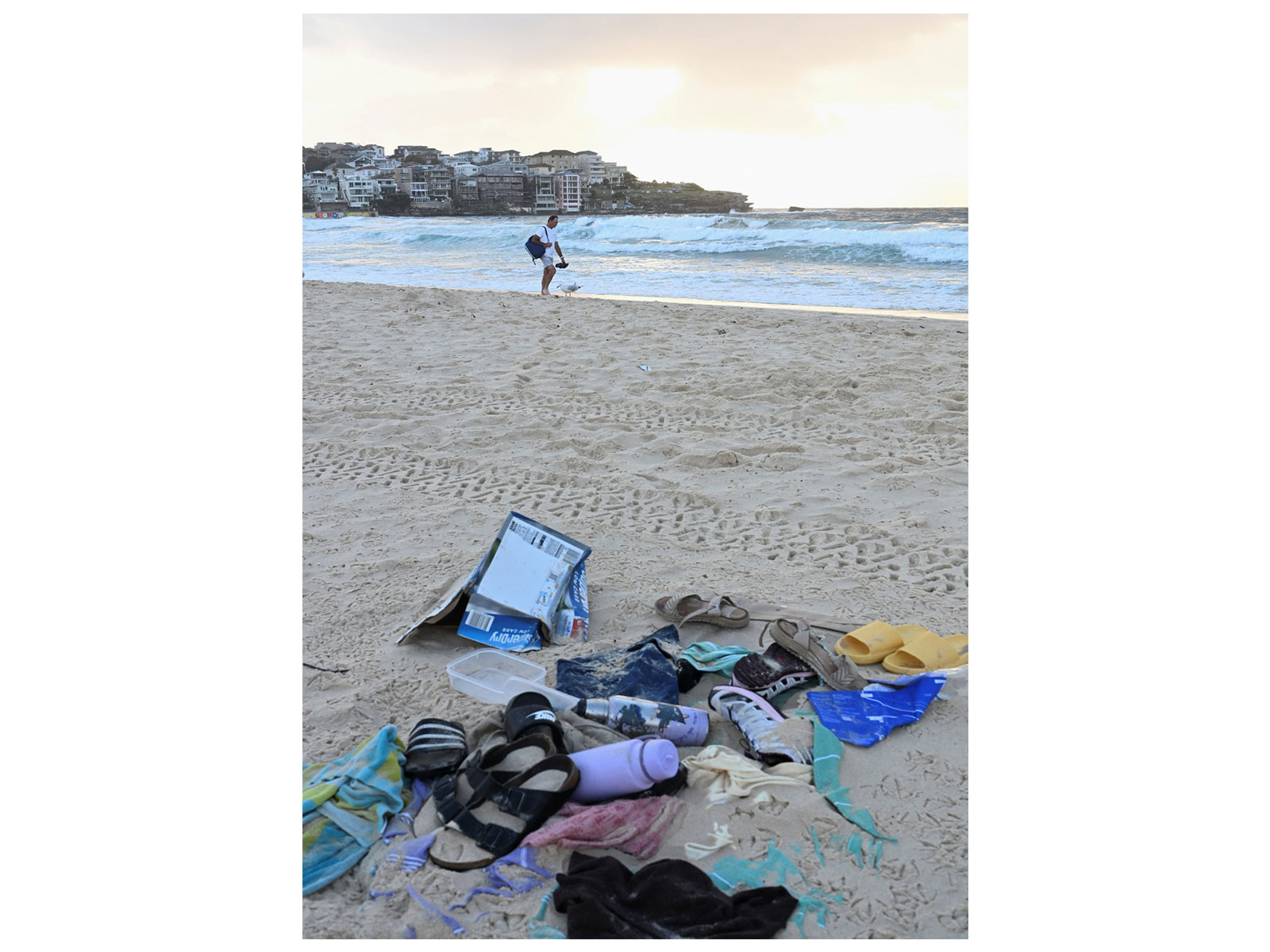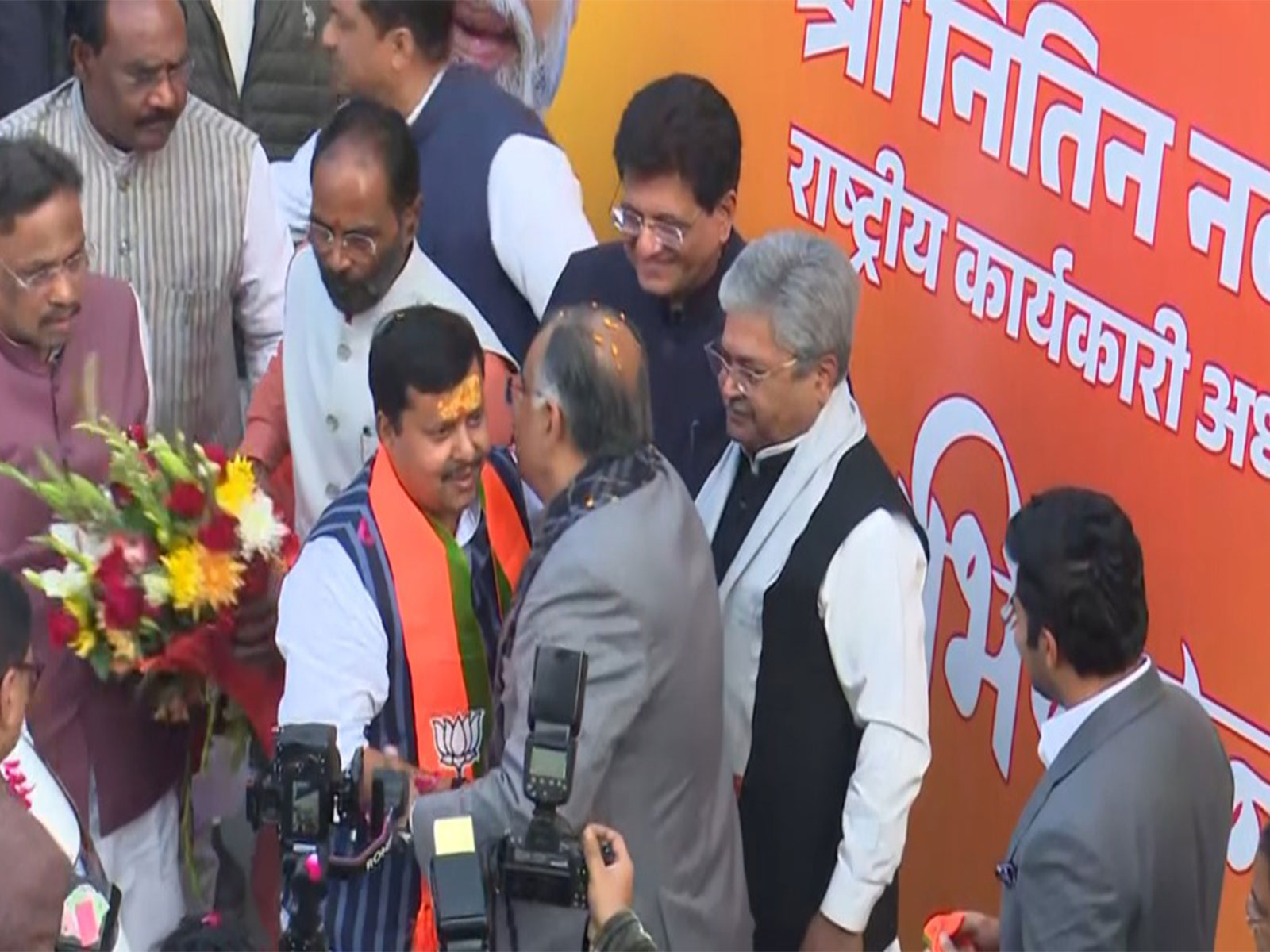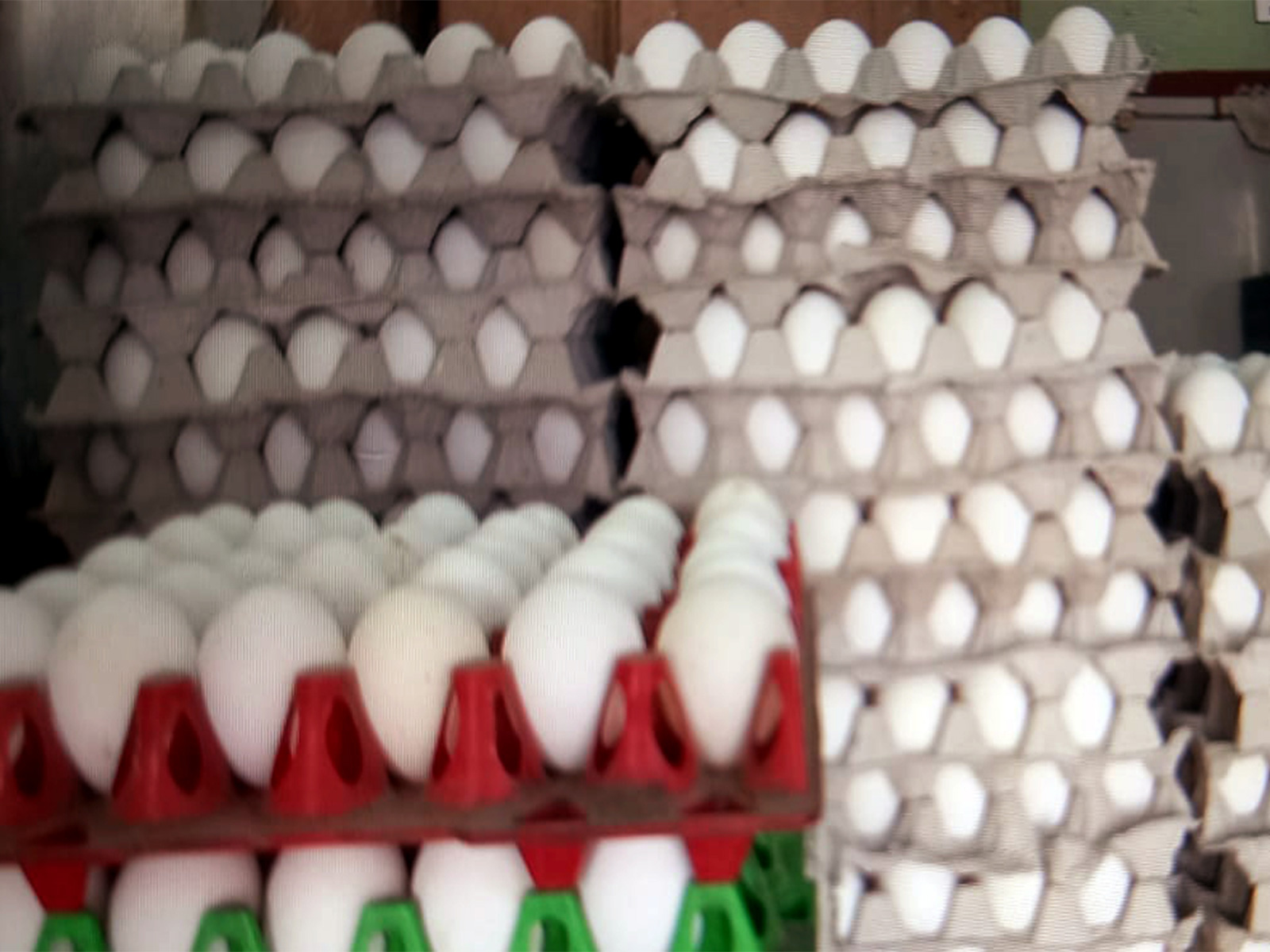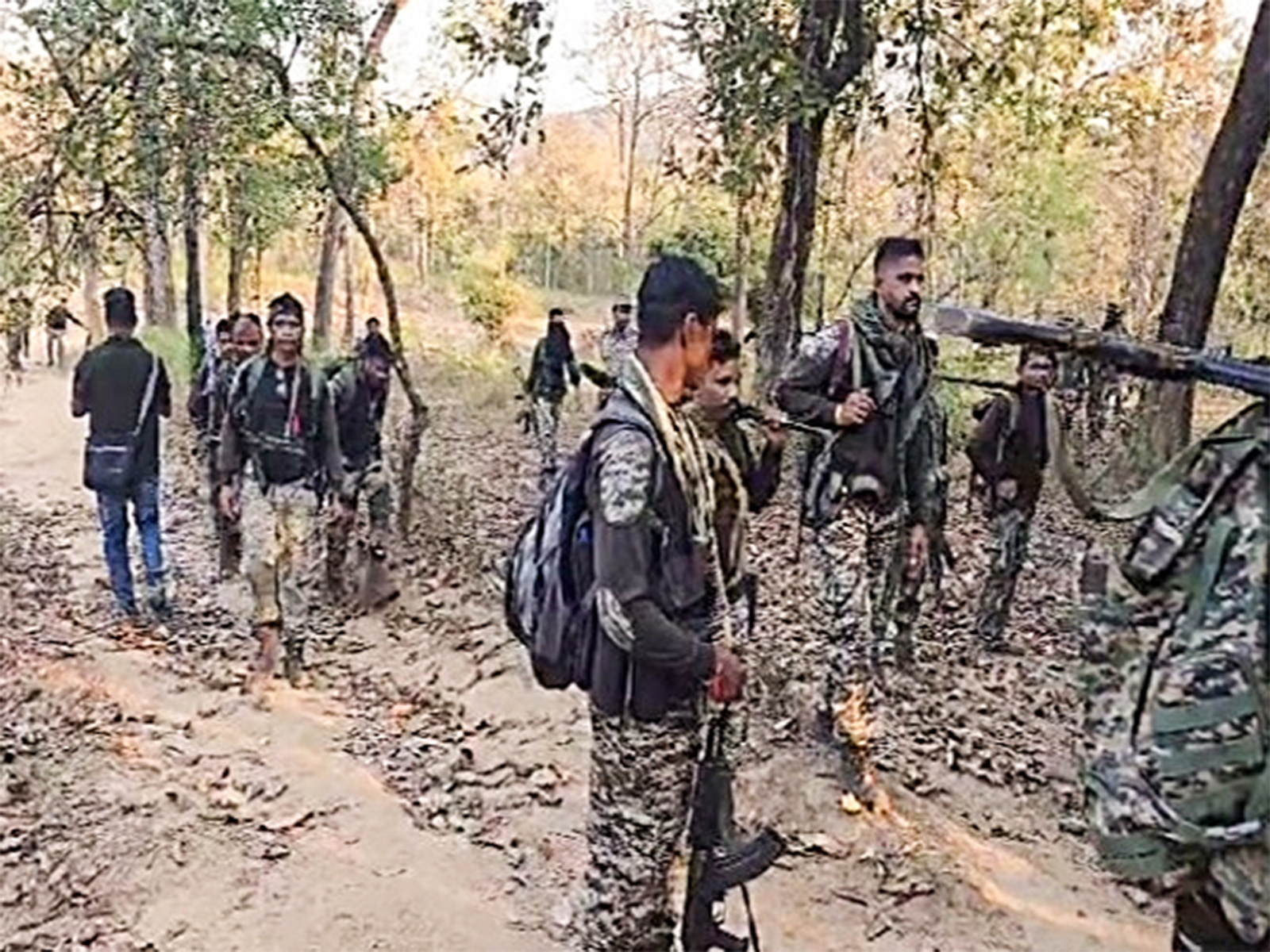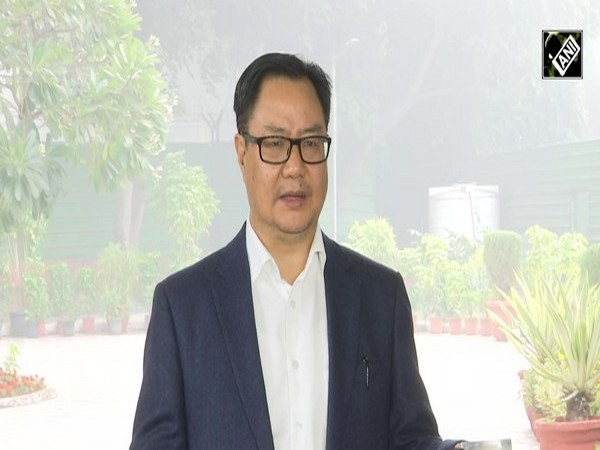Chariot of Nepal's 'Red God' to tour city, starting nation's longest-running procession
May 09, 2024

Lalitpur [Nepal], May 9 : Built without using nails or any metallurgies, the 32 feet tall chariot, Nepal's "Red God" or Lord Rato Macchindranath on Thursday ascended the divine carriage as he prepares to tour around the city which spans over a month. 
Depending vaguely on astronomy, the Macchindranath Chariot festival started on Thursday late evening with "Aajus" or "Priests" carrying the "Red God" to the chariot and made him seated.
The chariot procession of Rato Macchendranath also called as "Bunga Dugh" in Newari meaning the God of Rain and Harvest is longest Jatra in Nepal which runs for months depending widely on astronomy.
A 32-foot high chariot of Rato Machhendranath is constructed annually by the Newar community using wooden beams, thumped adjustments to the shrine sanctum without using nails. It takes about a week for the community to build it and is given final touch-up with decorative before the chairing of the lord in the chariot.
"While constructing the chariot, the primary requisites are wood, rattan and rope. Groups are divided to build the parts of the chariot, some are assigned to set up the 16 wooden pillars of the chariot which acts as the base, then another group builds the chariot adding another stored on the chariot and later my group would stall the top-most-reigning part of the chariot," Prem one of the members of chariot building group told ANI.
Observed in the ancient town of Lalitpur, the sky-scrapping chariot goes around the city after 4 days of the ascension of the God. After spending 4 days on the roadside constructed chariot, it is pulled to Ga Bahal and rested for one day, after that it is pulled onto Sundhara and Mangalbazar where it is kept on for one day each.
Then it is pulled on further to Lagankhel where it is kept on for one day. During that time, a day has been separated for women only to pull on the chariot and take it to Ethiha and then making astronomical calculations it is pulled onto Jawalakhel.
It might take more days as the priests have to look onto the auspicious times, sometimes it is up there for 10-15 days or even one month or more. After driving it to Jawalakhel and marking on the 'Bhoto Jatra' attended by head-of-state and then the lord is taken back to Bungmati (an ancient historical town of Lalitpur) and the chariot is dismantled.
According to the lunar calendar, the longest chariot festival of Nepal begins on the 4th day of the bright fortnight of Bachhala, the seventh month in the lunar Nepal Sambat calendar but this year it didn't fall as per the set-out rule.
One of the popular legend states that once "Guru Gorkhnath" came to city of Patan and wasn't acknowledged by people living there. As the commoners didn't offer him food and ignored him, Guru Gorakhnath captured all the Serpents and held them captive under his sitting. For being "Naags" or serpents responsible for the precipitation held captive by Guru Gorakhnath, Patan experienced drought which drove famine in the city.
Advisors of the then, king of Patan were asked to bring the teacher of Gorakhnath- Lord Macchendranath from Assam. Hearing about the teacher's presence in the town, Guru Gorakhnath stood up from his seat letting the serpentines loose which brought in rain in the city ending the drought.
Adoring, Rato Macchendranath for his feast, locals of Patan started a chariot procession in the city in 897 AD which is held annually and taken around the city reminding people about his deeds.
The chariot procession of Rato Macchendranath earlier was stalled due to the earthquake of 2015 and then during the Coronavirus pandemic.



